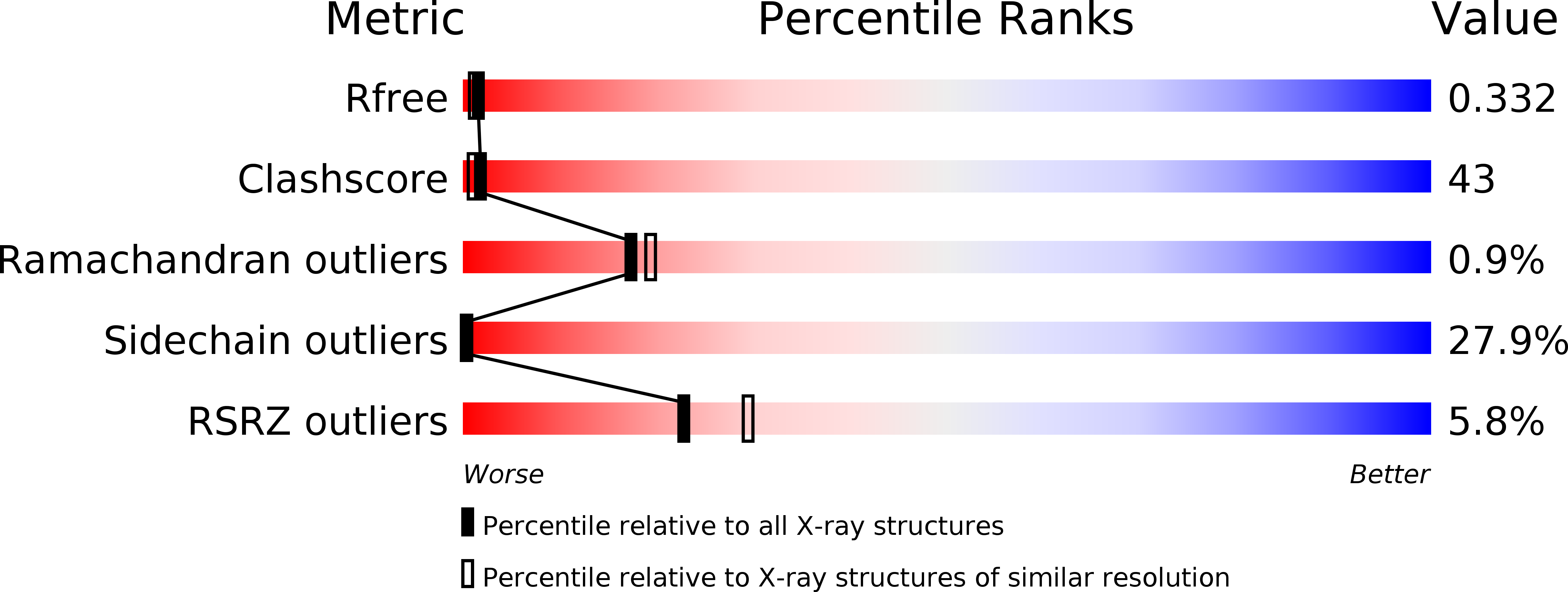
Deposition Date
2009-05-12
Release Date
2009-07-14
Last Version Date
2023-09-06
Entry Detail
PDB ID:
3HFN
Keywords:
Title:
Crystal Structure of an Hfq protein from Anabaena sp.
Biological Source:
Source Organism:
Nostoc sp. (Taxon ID: 103690)
Host Organism:
Method Details:
Experimental Method:
Resolution:
2.31 Å
R-Value Free:
0.28
R-Value Work:
0.27
R-Value Observed:
0.27
Space Group:
P 3


